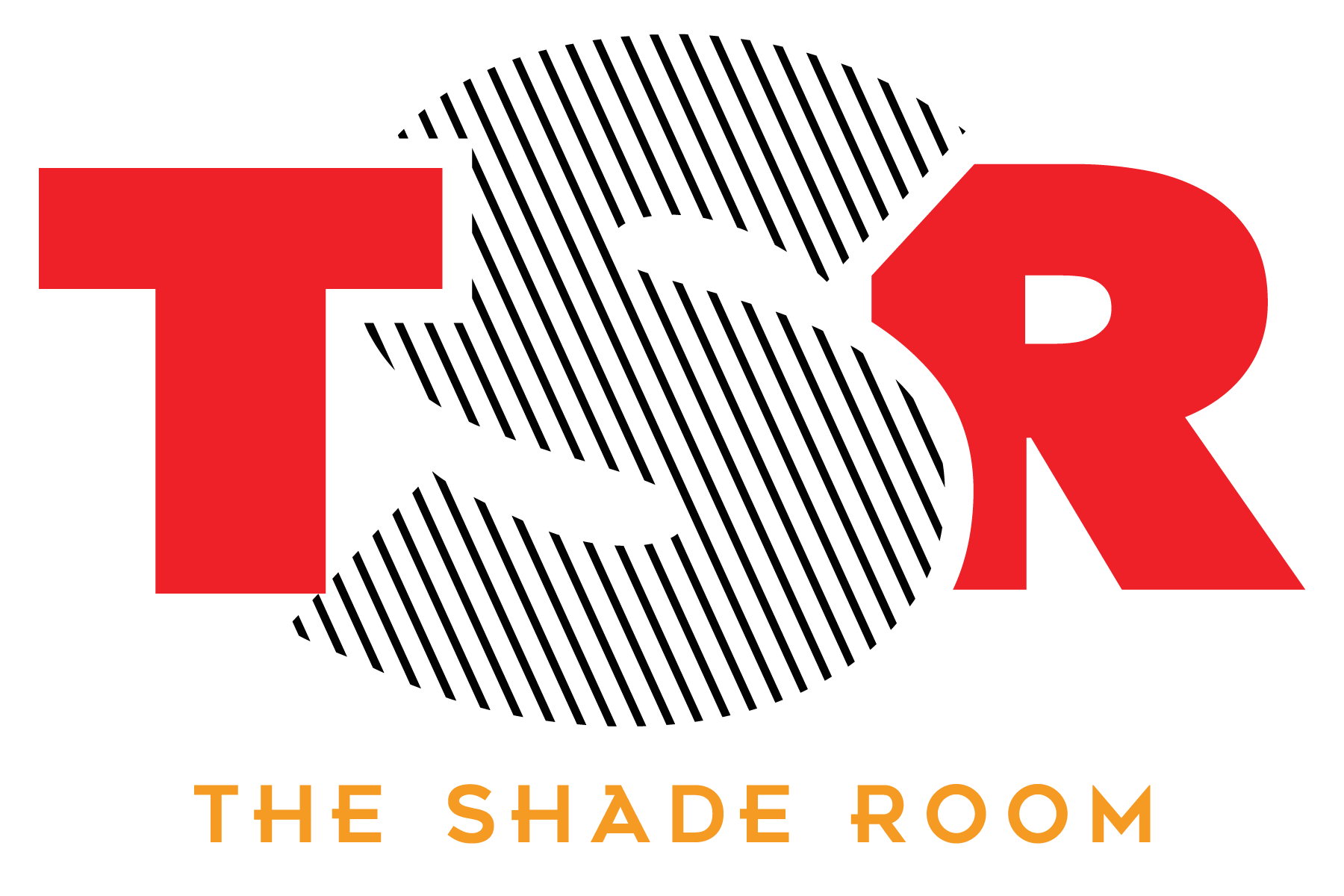
Let us never forget that health is wealth, #Roommates, so it’s unfortunate that a new study found that advertisers work so hard to target the health of our youth.
The study says companies that deal in the unhealthiest of foods are targeting television advertising at Black and Hispanic children, even after many of them pledged their commitment to promoting healthier eating.
These food companies dropped $11 billion on television ads in 2017, and 80% of that, or about $8.8 billion, was spent on junk food. What’s more upsetting? The study found that Black teens are more than twice as likely as white teens to see these commercials, according to @huffpost.
“No one spends billions of dollars if they don’t expect it to have an impact,” said Jennifer Harris of the #RuddCenter, which conducted the report.
The report follows up on research done in 2015, and compared with the one done then, the study found that television advertising for unhealthy snacks and sugary drinks targeted to black viewers is up 50%.
“These food ads push foods that contribute to obesity, only worsening a public health crisis that disproportionately affects communities of color,” said the study’s author Jennifer Harris of the Rudd Center. “It’s perpetuating the disparities that we all already see in kids’ health. Kids are very vulnerable to advertising, much more so than adults. It’s making the public health community’s job so much more difficult. It’s making parents’ jobs so much more difficult.”
“Targeted marketing to low-income kids and kids of color is a significant public health threat,” added Jim Krieger, the executive director of Healthy Food America.
The Rudd report also found that companies didn’t spend any money to advertise healthy food options of their products on Spanish-language television.
After the first Rudd report on food advertising spending disparities for black and Hispanic youths was released, a number of companies — like Coca-Cola, Yum! Brands (which owns Taco Bell and KFC), Hershey and PepsiCo — announced corporate responsibility initiatives to promote health and wellness, as well as sponsorships. Yet since then, overall food-related spending on black television programming aimed at a black audience grew by 50% from 2013 to 2017.
We’ll be sure to keep you up-to-date on the latest, #Roommates!
TSR STAFF: Christina C! @cdelafresh